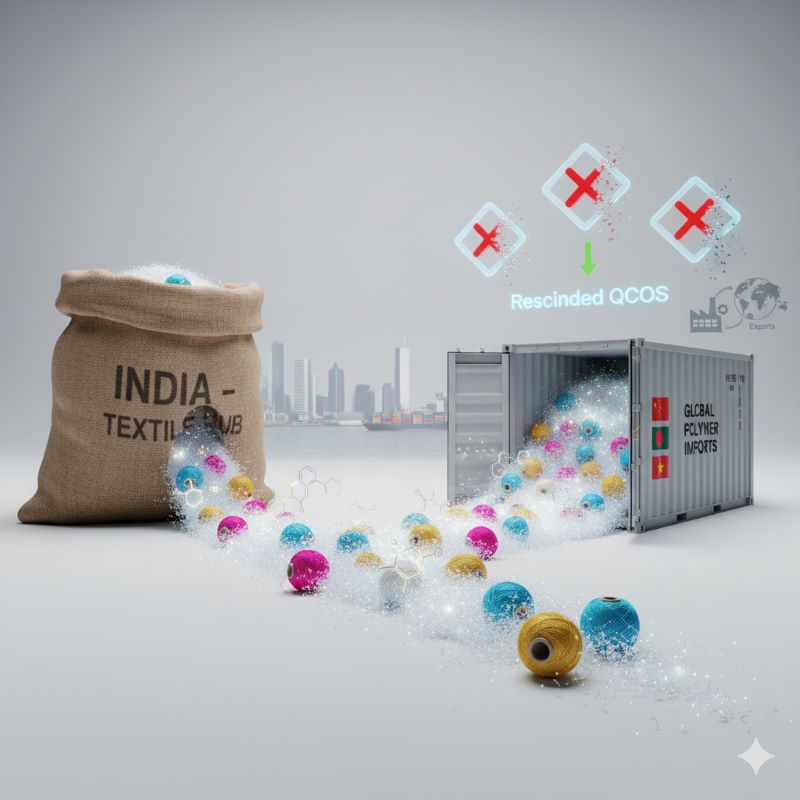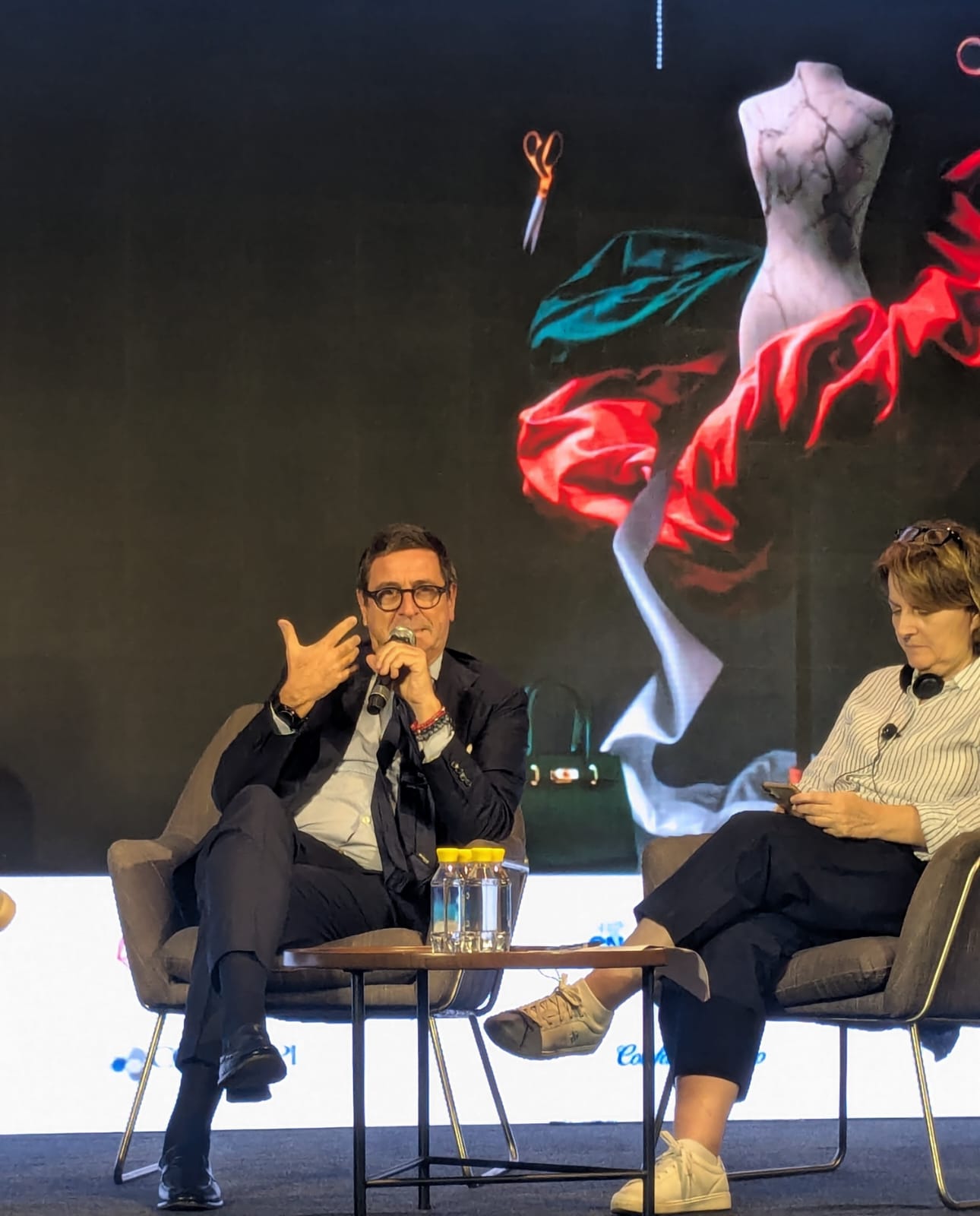With concerns over Bangladesh’s garment sector growing, India is slowing emerging as a preferred apparel sourcing destination, says a recent report by the United States International Trade Commission (USITC).
A key factor for US buyers, India’s political stability makes it a reliable choice for brands to source high-value or fashion items from the country compared to other less stable countries, states the report. Brands have more confidence in India’s ability to manufacture and deliver products than in other countries, the report adds.
However, despite this, the Indian apparel market continues face certain challenges like high labor costs, small production units, and expensive logistics. Moreover, it hasa limited capacity to produce man-made fiber (MMF) garments, which restricts its growth potential.
Comparing India with other major garment exporters such as Bangladesh, Pakistan, Indonesia, and Cambodia, the report notes, along with Vietnam, these countries have steadily gained market share from China over the past decade. China’s share of US apparel imports declined from 37.7 per cent in 2013 to 21.3 per cent in 2023. During the same period, India’s share increased from 4 per cent to 5.8 per cent, with apparel exports to the U.S. reaching $4.6 billion last year. While the US remains India’s largest market for apparel exports, Vietnam has emerged as a major competitor, increasing its share from 10 per cent to 17.8 per cent
Hailing the USITC report’s recognition of India strengths, Mithileshwar Thakur, Secretary General, Apparel Export Promotion Council (AEPC), says, the report highlights India’s role as a specialist in high value-added products requiring high-skill levels and offering the highest degree of reliability.
The report also evaluates factors like supply chain reliability and product differentiation, instead of focusing solely on cost, he adds.
With one-third of India’s apparel exports headed to the U.S., India has solidified its position as the fourth-largest supplier to the American market. However, addressing challenges related to labor costs, production capacity, and MMF manufacturing will be crucial for sustaining and expanding this momentum.












